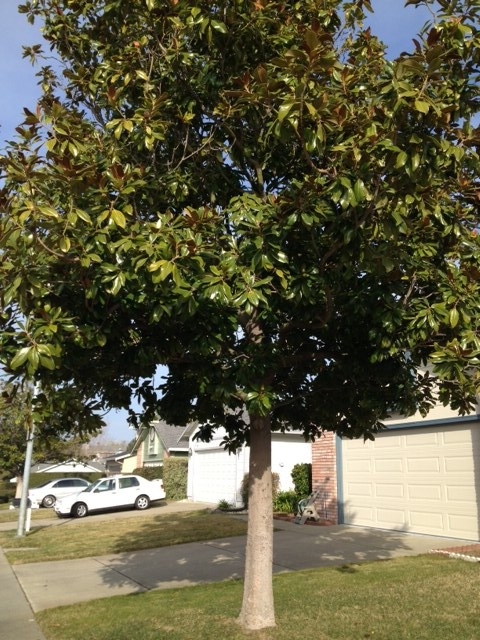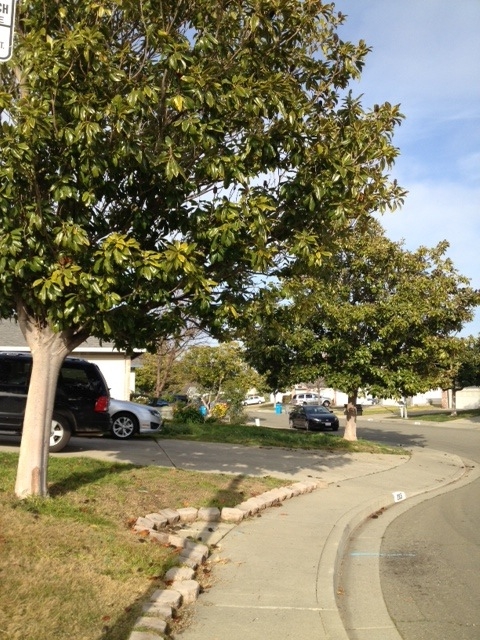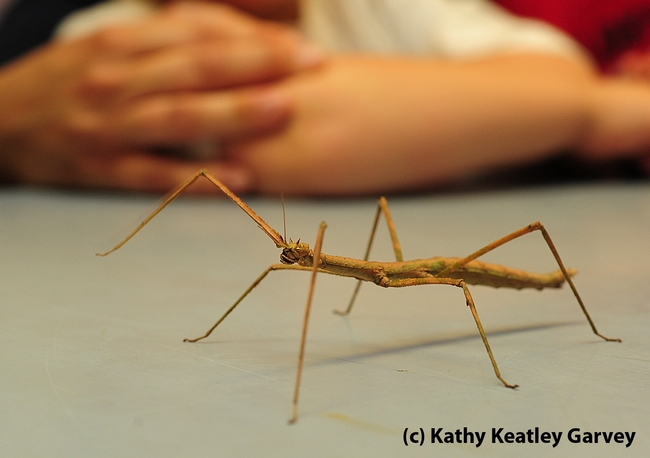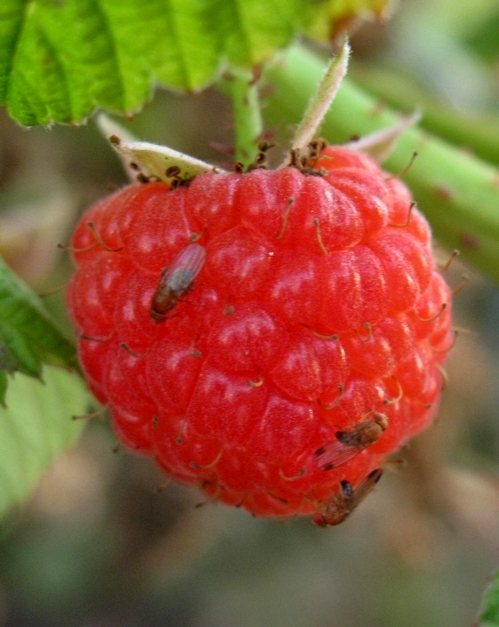UC Blogs
UC IPM introduces new year-round IPM programs
Got pests and want to use integrated pest management? Use a year-round IPM program developed by the UC Statewide IPM Program. If you’re not familiar with what a year-round IPM program is, think of it as a checklist for the agricultural pest management activities you should be doing throughout the season. You can take the new video tour "Using Year-Round IPM Programs" to explore the benefits and uses of IPM in field, orchard and vineyard crops. If you are managing pests in cole crops or pistachios, see the two newest year-round IPM programs.
Monitoring the most important pests, making management decisions, and planning for the following season are all activities in the year-round IPM programs. Even better are how they connect to the Pest Management Guidelines so you can read about the details . . . how to monitor, what the treatment thresholds are, or the best pesticide to use.
One of the basic IPM principles is to choose the best pesticide for the situation. The year-round IPM programs help you do this by ensuring you’re applying pesticides only when you need to, and providing you with information so you can choose the most effective pesticide with the least harm to water quality, air quality, natural enemies and honey bees.
The checklist, photo ID pages, and monitoring forms are easily printable for use in the field. Interested in other crops? We have 25 year-round IPM programs:
|
|
|
Let us know how year-round IPM programs are benefiting you.

Year-round IPM ensure effective pest control with least harm to the natural environment.
Table for One, Please
Ah, what an intoxicating scent! If you've ever been around the winter daphne, Daphne odora, cultivar "Aureomarginata," you know that its aroma...

Table for one, please! A honey bee in the shadows of a daphne bloom at the Storer Garden, UC Davis. (Photo by Kathy Keatley Garvey)
Southern Belle, Magnolia grandiflora

Magnolia grandiflora

Magnolia grandiflora just starting to bud
UCCE advisor recognized for pest control work
Mark Bolda, UC Cooperative Extension advisor in Santa Cruz County, was recognized by the North American Raspberry and Blackberry Association in January for his research and extension work on spotted wing drosophila, reported The Grower.
Bolda received the 2013 Distinguished Service Award at the association's North American Berry Conference, Jan. 30, in Portland, Ore. He first identified drosophila as a new pest for coastal California berry growers in late 2008. Bolda led field trials to determine the best trap designs and trapping methods and conducted research to help develop an integrated approach to control the new pest.
A photo of spotted wing drosophila on a raspberry from Bolda's Strawberries and Caneberries blog.
Going with Your Gut
“Of the one millions insects so far described, 120,000 are butterflies or moths, 150,000 are flies, 400,000 are beetles, and only 3000 are...

A walking stick at the Bohart Museum of Entomology. (Photo by Kathy Keatley Garvey)


